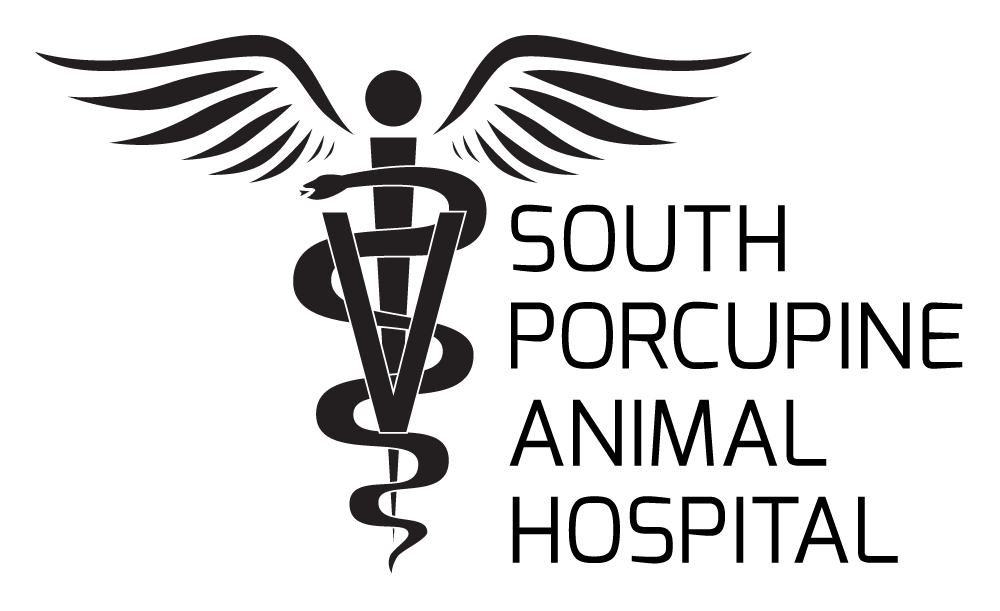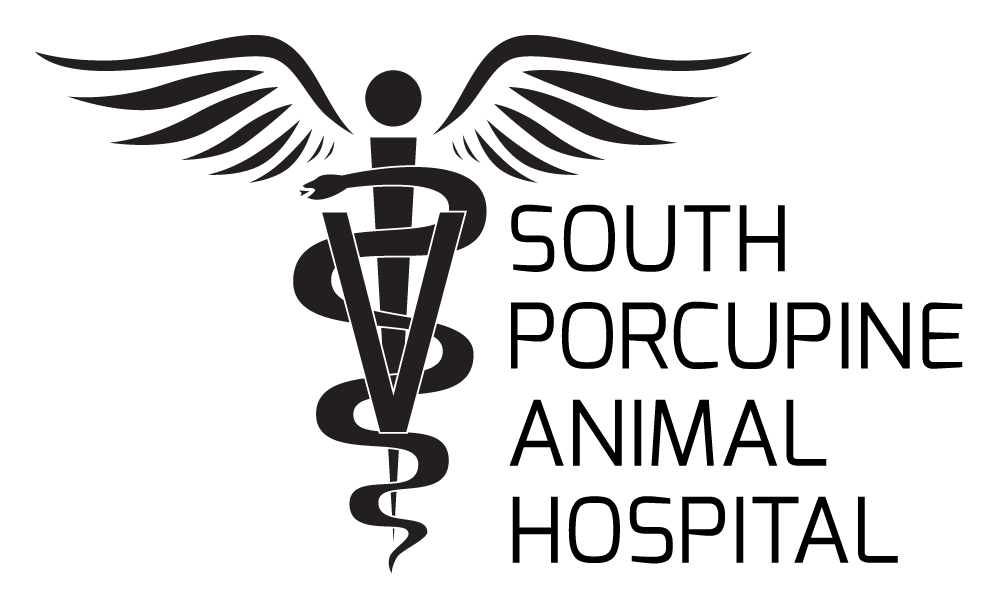SURGICAL SERVICES

- Ovariohysterectomy
- Castration
- Soft Tissue Surgery
- Orthopaedic Surgery
- Pre-Operative Instructions
Our veterinary team offer a variety of surgical procedures from spaying, neutering, lump removals, eye surgeries and certain orthopedic procedures. The first step in arranging a surgery is to discuss the pros and cons of any surgery with the owner. Second a detailed written estimate will be discussed in detail prior to the procedure. Any questions to the procedure, cost, and outcome can be discussed at this point to ensure that this is the right decision for you and your pet. On the day of the surgery, our veterinarian will perform a full physical exam to ensure that there will be no concerns prior to the general anesthesia. After the pet is deemed healthy, a premedication is given to sedate your pet. Shortly after this sedation takes effect, an intravenous catheter is placed in order to deliver the induction drug with IV Fluids. Once anesthetized, a breathing tube is placed in the wind pipe to maintain your pet on a mix of anesthetic gas and oxygen. During this whole procedure, a registered veterinary technician will monitor your pet for its heart rate, breathing, colour and overall stability under general anesthesia. If there are any concerns or problems, this one-on-one care allows for early intervention thus ensuring a safe anesthetic. Here is a list of commonly performed surgeries that our clinic performs on a routine basis:
OVARIOHYSTERECTOMY or commonly known as a “SPAY”- this surgery involves the complete removal of both ovaries and uterine horns up to the uterine body. An incision is made in the abdomen just below the “belly button” and the organ is removed through this area. The area is closed in 2-3 different layers of suture and we can discuss the specifics more in person. Spaying your female will prevent any unwanted pregnancies, mammary masses (50% of which can be cancerous), and pyometra. Please see our FAQ section for more specifics or ask us at the time of appointment or day of surgery and we will gladly explain the specifics in detail.
CASTRATION or commonly known as “NEUTERING” – this surgery involves an incision in front of the scrotum to allow the testes to be exteriorized and removed. Your castrated male will be less likely to have behavioural issues, prostate enlargement, testicle tumors or hernias that form close to the anus. Please refer to our FAQs or ask us for any clarification with respect to benefits of neutering or the surgical procedure in detail.
SOFT TISSUE SURGERY – these surgeries can include lump(s) removal, laceration repairs, and eye surgeries. These surgeries can only be discussed on an individual basis as there is a wide range of possibilities.
ORTHOPAEDIC SURGERIES– these may include patellar luxation fixation to the lateral cruciate crimp technique. Again, these surgeries will be explained in greater detail on an individual basis. There are certain cases where we do advocate referral to a specialty surgeon for more complicated cases or for those cases where an accredited BOARD CERTIFIED SURGEON is in your pet’s best interest. These are the hospitals we currently use: Mississauga Oakville Veterinary Emergency Hospital, Veterinary Emergency Clinics of Toronto North and South, AltaVista in Ottawa, and the Ontario Veterinary College at the University of Guelph.
OUR PRE-OPERATIVE INSTRUCTIONS – While the instructions can vary, the following are our guidelines prior to a general anesthesia: no food after 12 am or midnight the day of the surgery (no treats allowed), medications should only be given if previously discussed with our veterinary team, and water can be available up to the morning of the surgery. Your pet needs to be admitted between 8- 8:30 am at the latest on the day of the surgery to ensure that all the info and documentation can be reviewed and signed accordingly. We go over the detailed written estimate with you and discuss any questions concerning any optional treatments that is unclear; this includes, but is not restricted to pre-surgical blood screening, IV fluids, microchip placement, at-home pain control and the dreaded “lampshade” or properly, the Elizabethan Collar to prevent self trauma from licking. The surgical consent sheet needs to be signed and witnessed by a veterinary technician; at any time through this procedure, we welcome any questions.



